The power of the community voice has spearheaded the revitalization of our region, leading the charge to revolutionize transportation and energy policy. On April 30, were holding our annual awards ceremony to celebrate this movement and the community leaders who make it possible. Reserve your seats today and join these sponsoring organizations as part of the climate revolución.
Pacifica Companies
Presenting Sponsor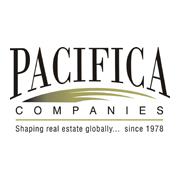
Ash Israni founded Pacifica Companies 31 years ago. He saw every real eastate project as a chance to improve the quality of life in the community and preserve and protect the natural environment. Little did he know these values would lead him to become part of the climate revolución. Pacifica Companies is not only our presenting sponsor for 2015, but our 4th annual presenting sponsor.
Pacifica Companies develops real estate projects that improve the quality of life for the end user and those in the surrounding community, respects the ideas and concerns of everyone whom the development affects, and preserves and protects the natural environment.
San Diego Airport Authority 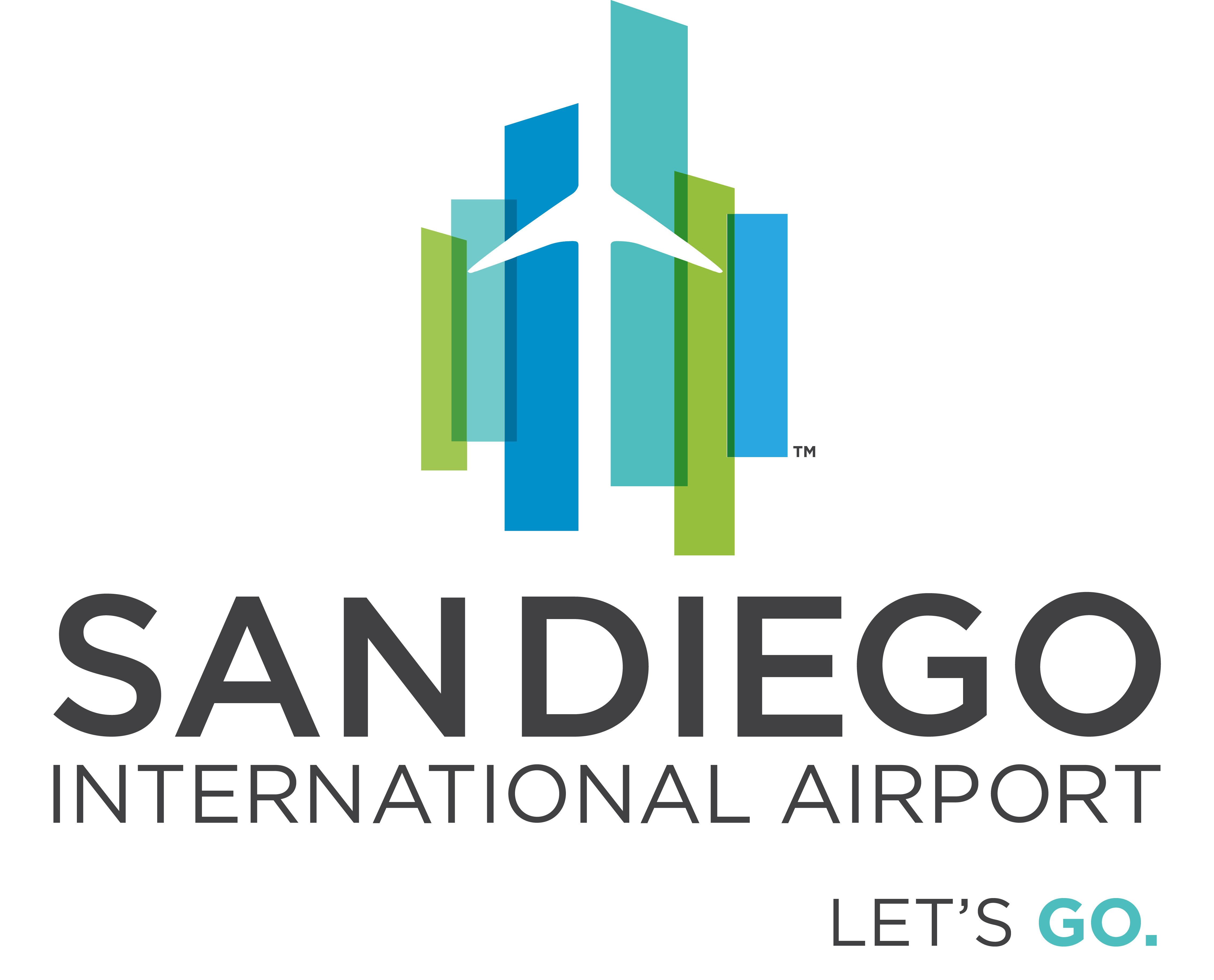
Platinum Sponsor
The San Diego Airport Authority utilizes green building practices and supports local workers and businesses. It's building a future of clean energy and transportation justice.
Port of San Diego 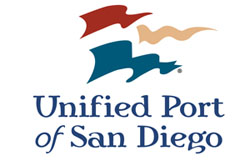
Gold Sponsor
The Port of San Diego is building the climate revolución with creative investments in renewable energy projects and bold leadership in energy efficiency. We're proud to have them as a gold sponsor.
California Endowment 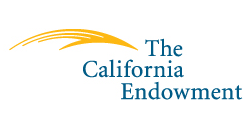
Gold Sponsor
The California Endowment embodies the message that whole community health goes beyond good vs. bad choices. It requires transportation justice and clean energy.
Planned Parenthood Pacific Southwest
 Gold Sponsor
Gold Sponsor
Planned Parenthood of the Pacific Southwest's motto is, "Care. No matter what." Its spirit and leadership contributes to the climate revolución. We are honored to have them as a gold sponsor.
San Diego Convention Center 
Gold Sponsor
The San Diego Convention Center brings clean energy, good jobs and local businesses together; a perfect fit for the climate revolución.
UFCW Local 135 
Gold Sponsor
UFCW Local 135 is well known for their tradition of excellence in representing the needs of working men and women. The climate revolución will have good jobs that respect both the environment and the worker because of the UFCW.
Pala Band of Mission Indians 
Gold Sponsor
The Pala Tribe works diligently to anticipate any environmental damage they might create. With this in mind, they have developed specific programs in working to preserve the environment that are leading the climate revolución.
Manpower - Linda and Mel Katz 
Gold Sponsor
Linda and Mel are bold leaders of corporate citizenship and civic engagement in San Diego. Their involvement in the community, and Manpower's ability to help the unemployed find a paycheck, are pushing the climate revolución forward.
Blue Summit Wealth Management 
VIP Sponsor
Blue Summit Wealth Management invests in projects that bring clean energy and transportation justice to the communities who need it. Now, they're investing in the climate revolución.
International Brotherhood of Electrical Workers 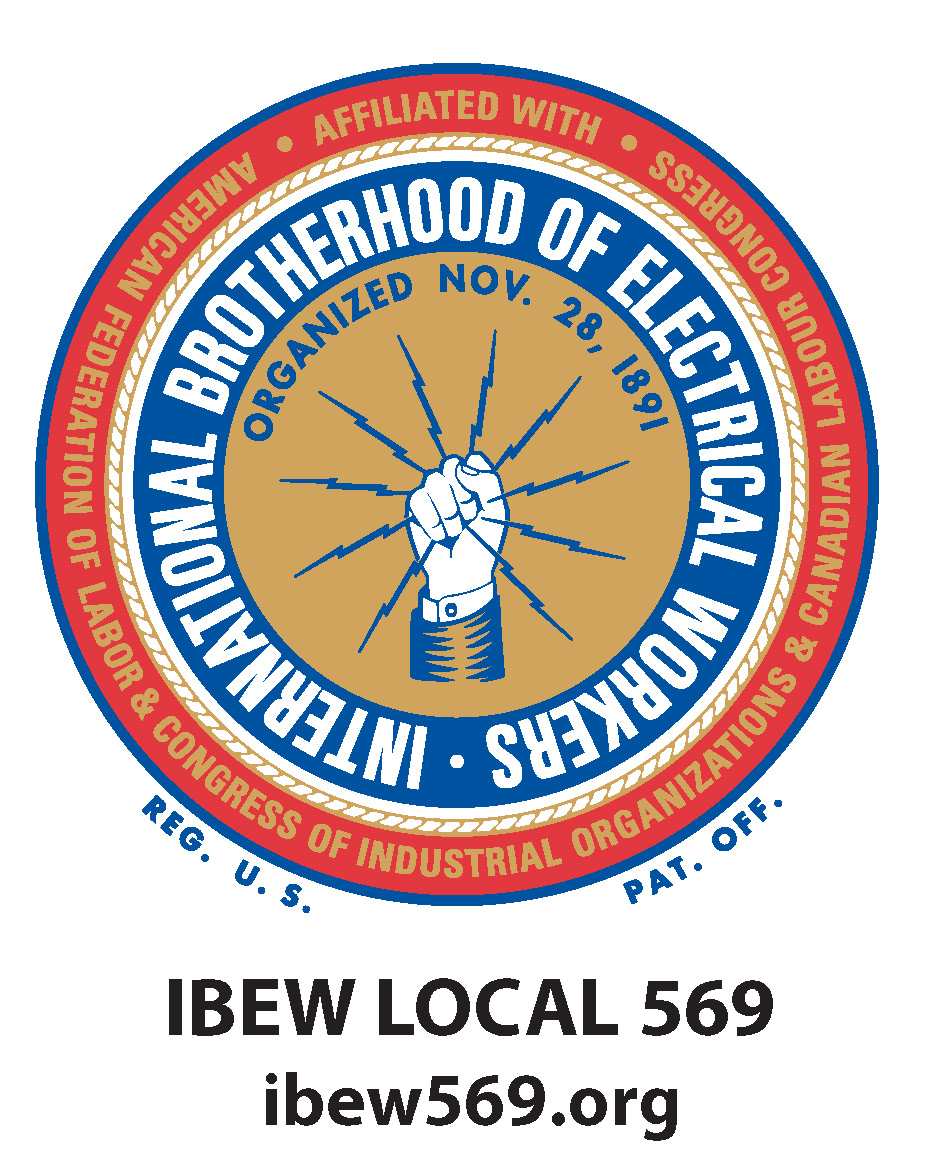
VIP Sponsor
The IBEW builds the infrastructure of the climate revolución every single day as it leads the industries of clean energy and transportation justice. We're privelidged to have its support.
Ryan Bros Coffee 
VIP Sponsor
Ryan Bros Coffee is a staple of our community and always engaged in their impact on our neighborhood and in our environment. They love to serve coffee because they love people, and they embody the spirit of the climate revolución.
ECOR - Noble Environmental Technologies 
VIP Sponsor
ECOR is creating the sustainable materials that will become the building blocks of the climate revolución. We're proud to have them as a VIP sponsor.
San Diego and Imperial Counties Labor Council
VIP Sponsor
Working families are the backbone of the climate revolución. The San Diego and Imperial Counties Labor Council is advancing the future by advancing the policies and legislation that support them.
UC San Diego Health Systems
VIP Sponsor
UC San Diego Health Systems is creating a healthier world one life at a time. They are building new science, mew medicine and new cures for the climate revolución.
Thank you to all of our sponsors for becoming part of the climate revolución. Together, we lead the charge to revolutionize transportaion and energy regionwide and build a healthy future for our communities. Viva la revolución.
To learn more about becoming a sponsor, click here.
To join the climate revolución on April 30, buy your tickets here.


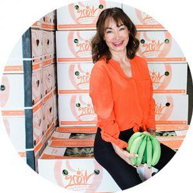
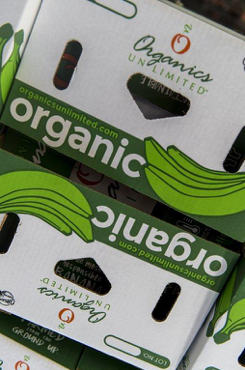
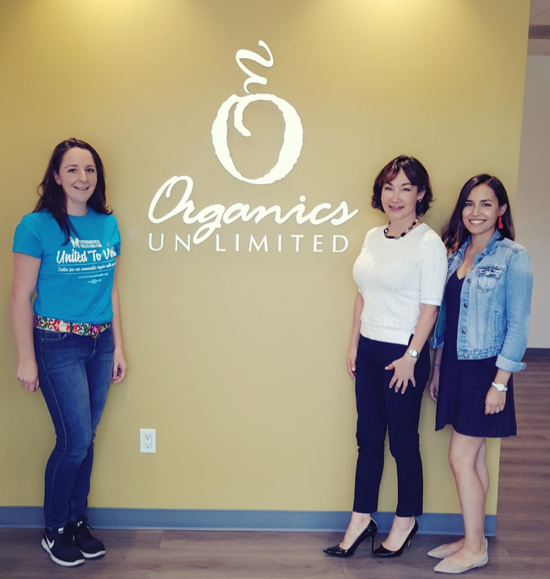
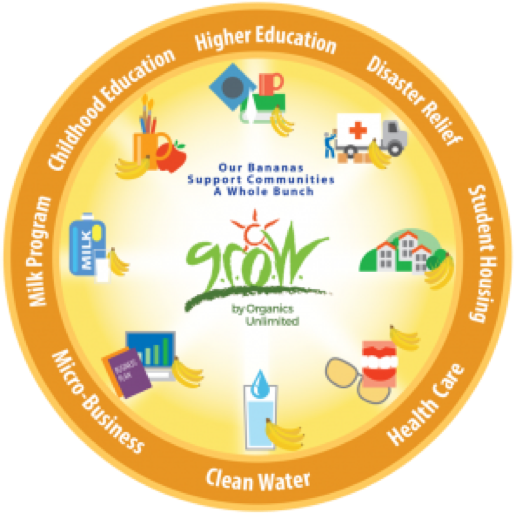
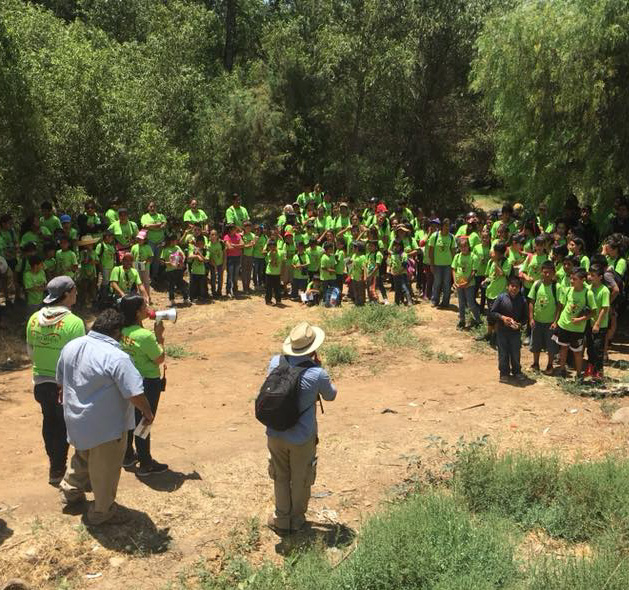

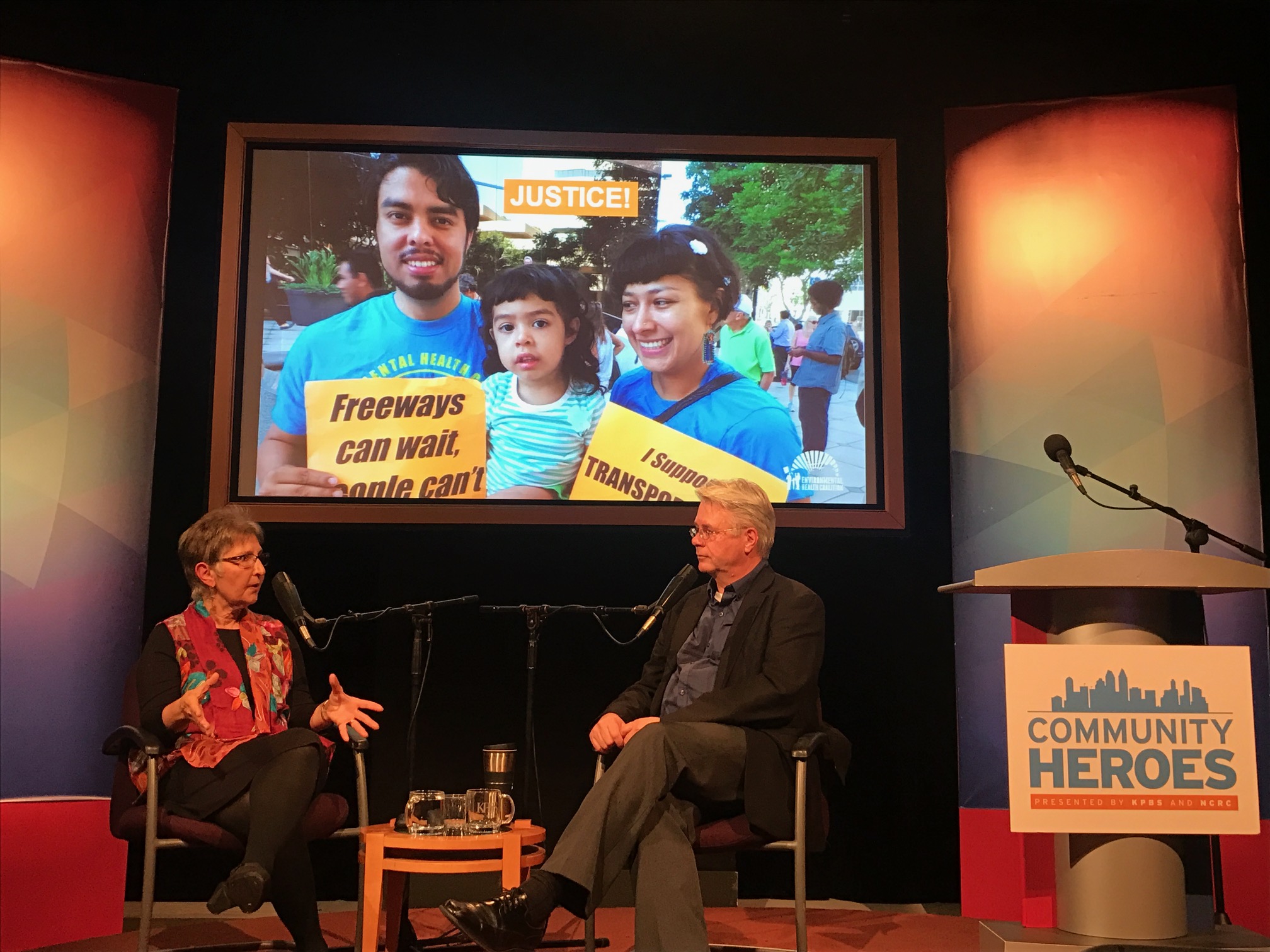
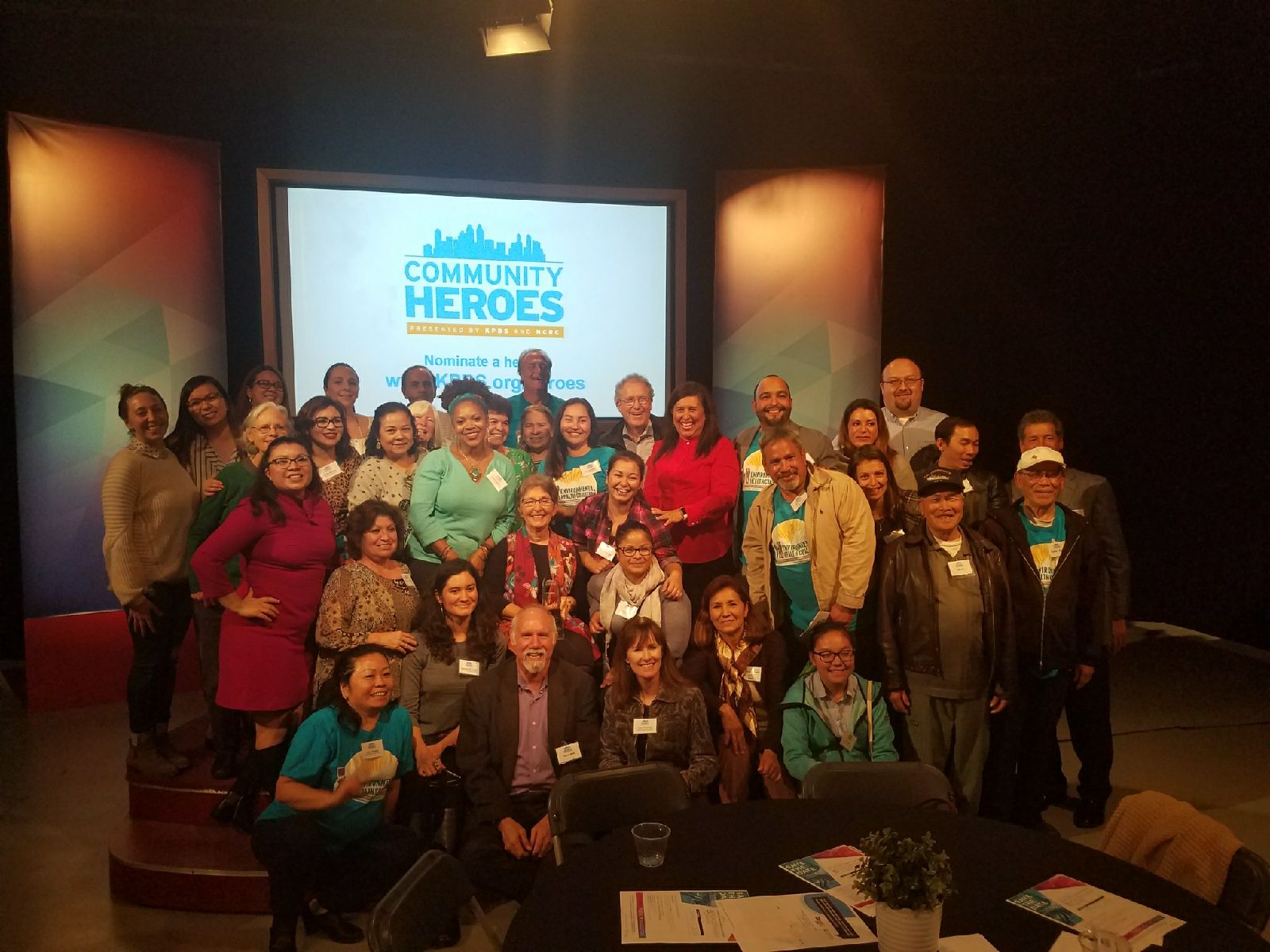
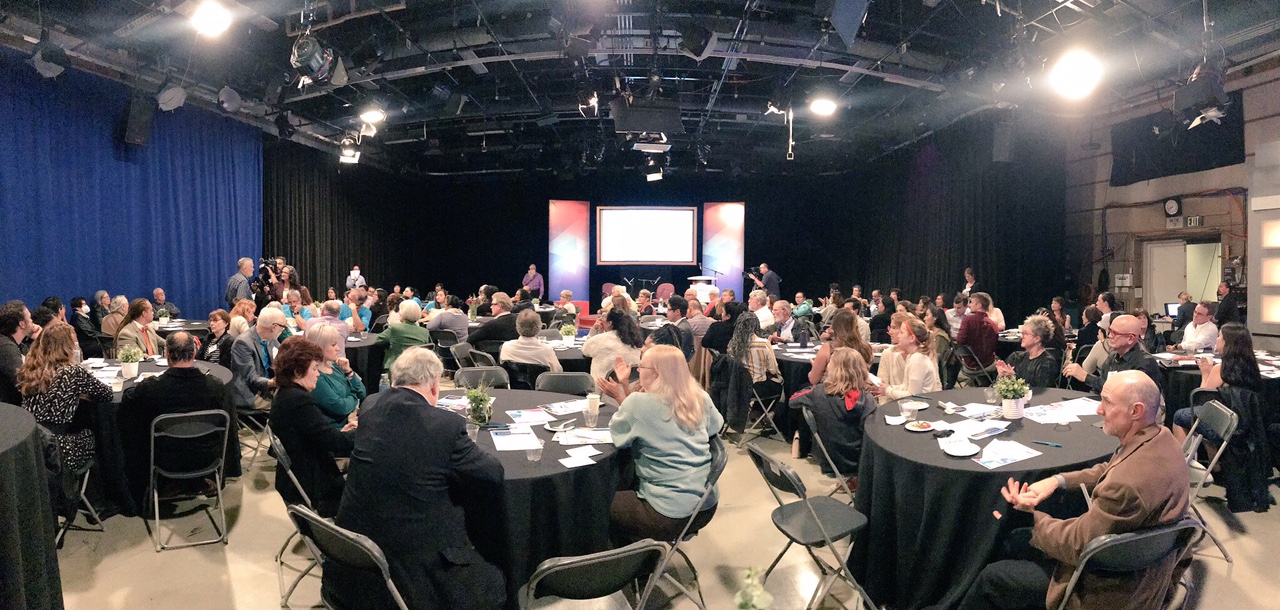
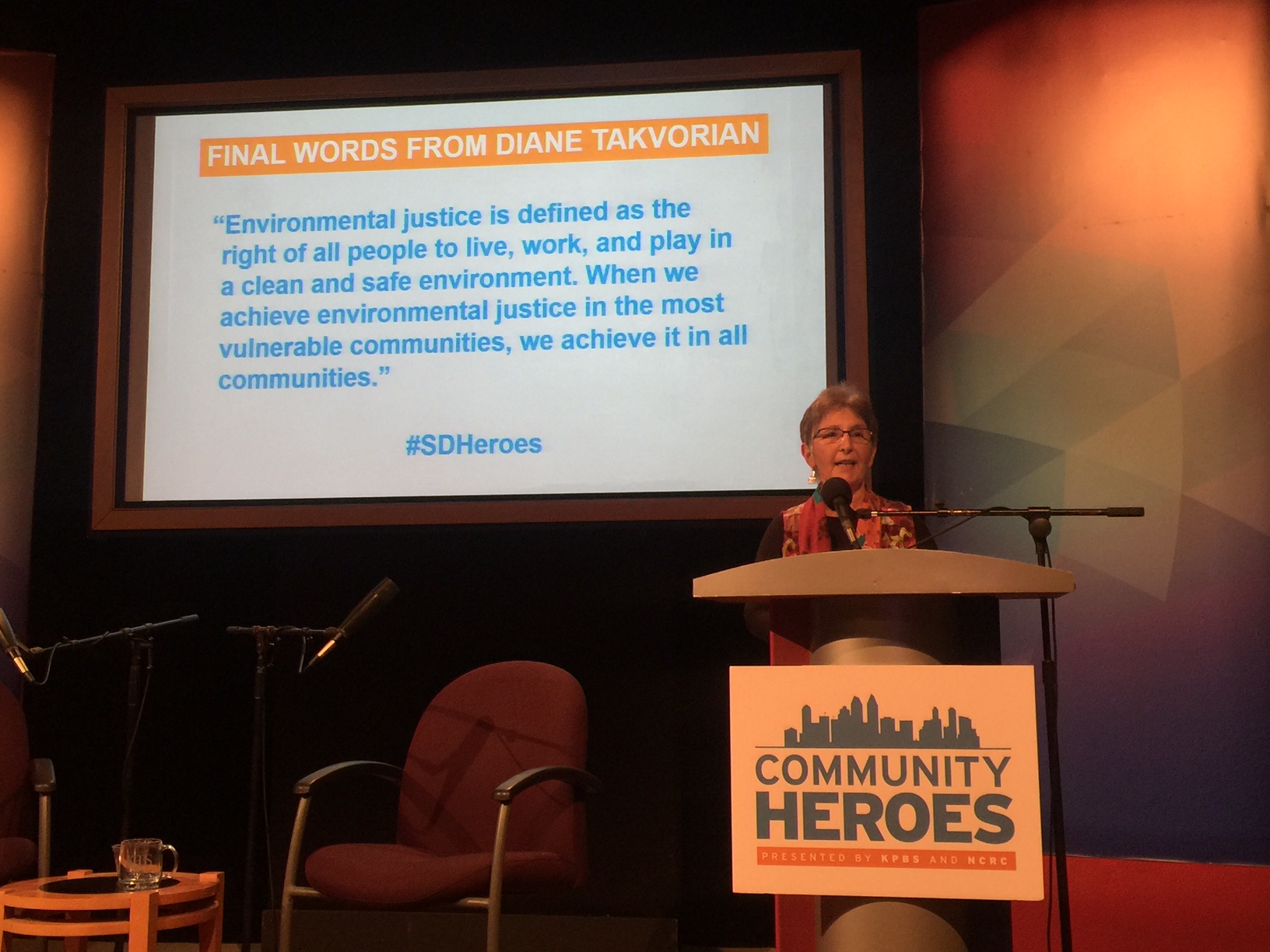
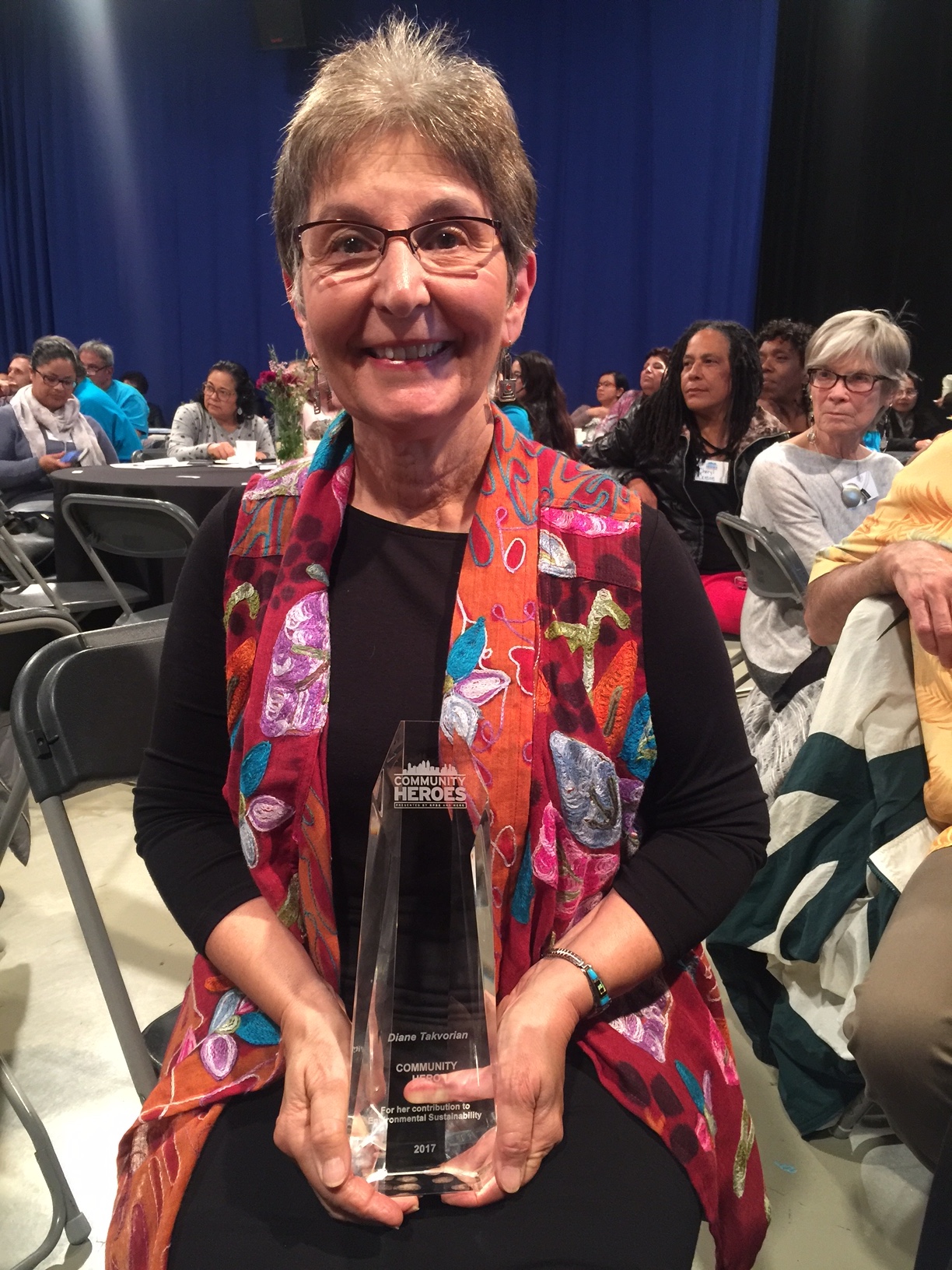
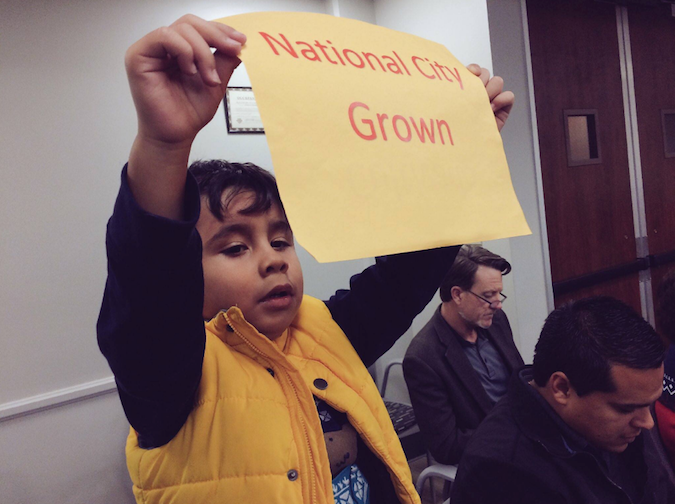
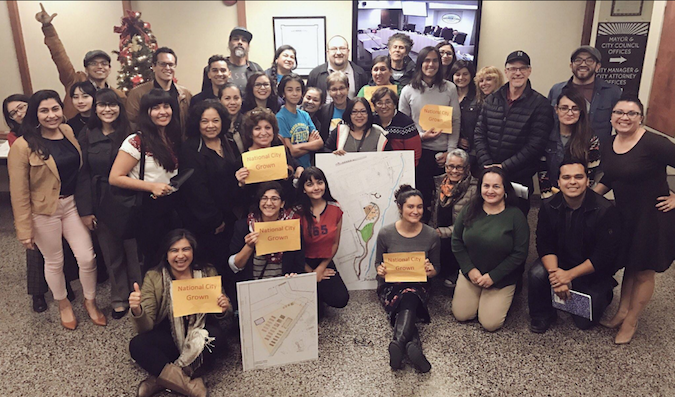

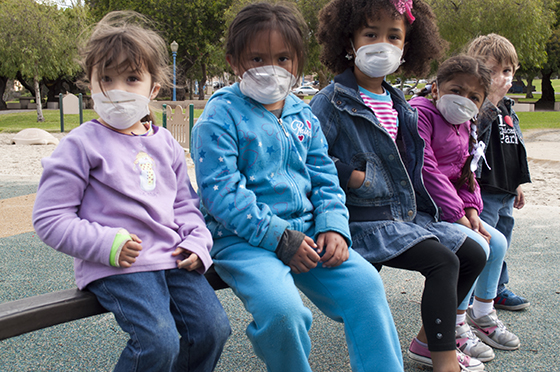
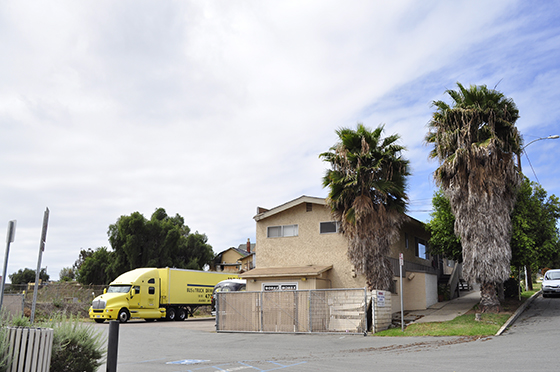
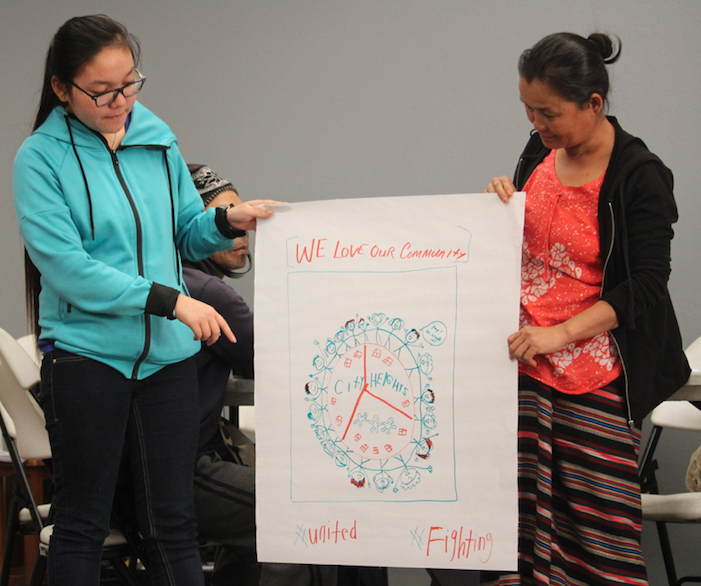
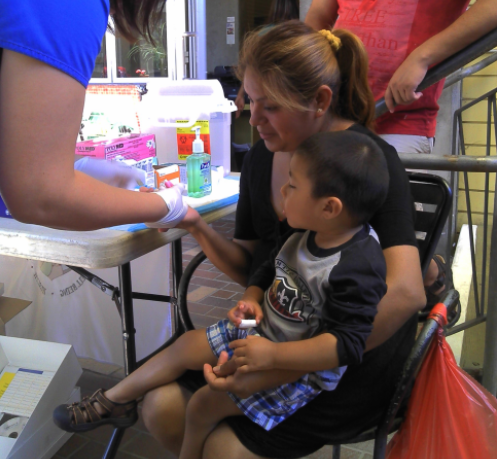
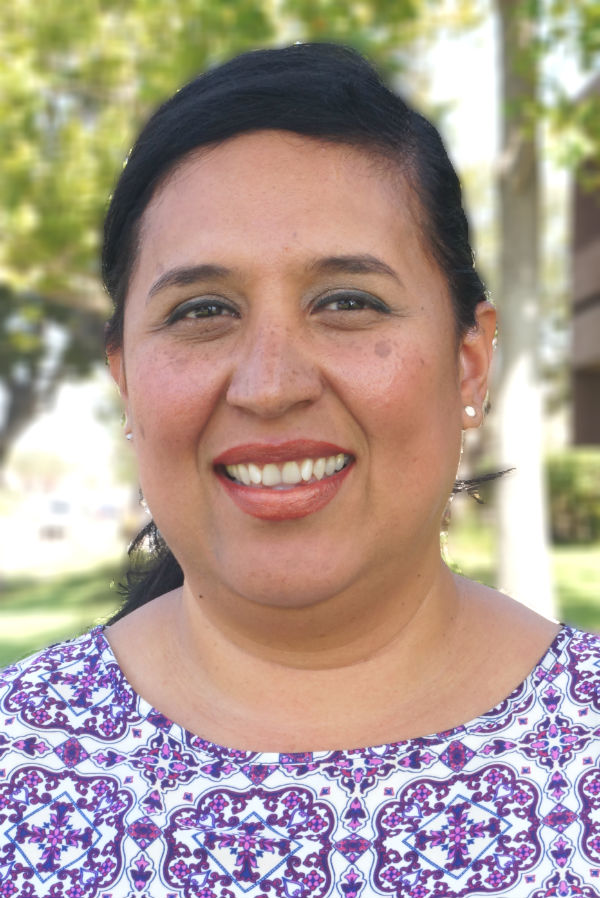
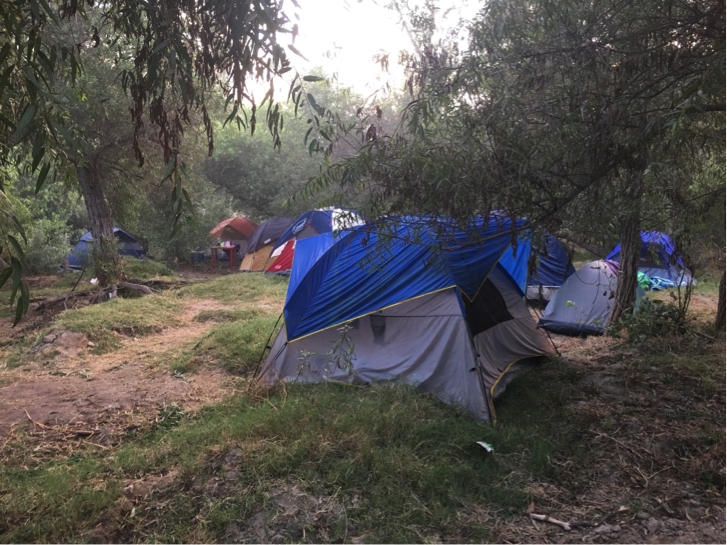
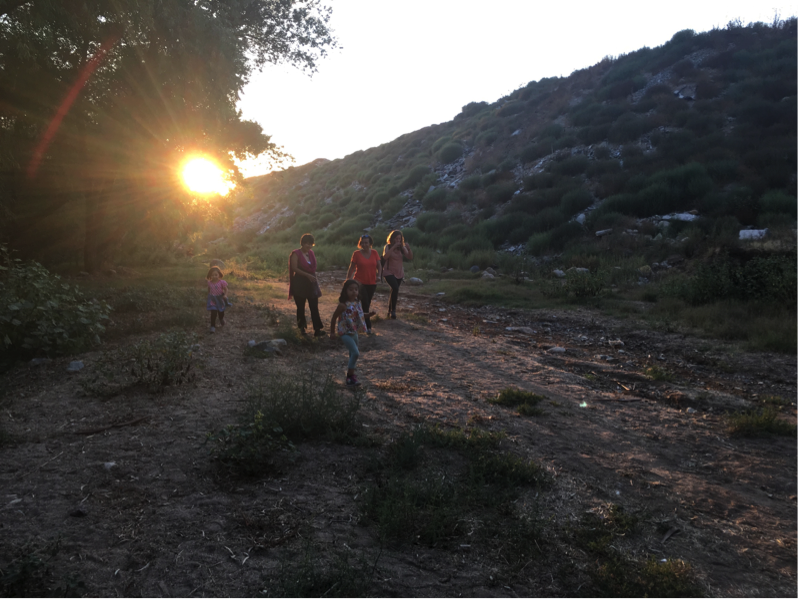
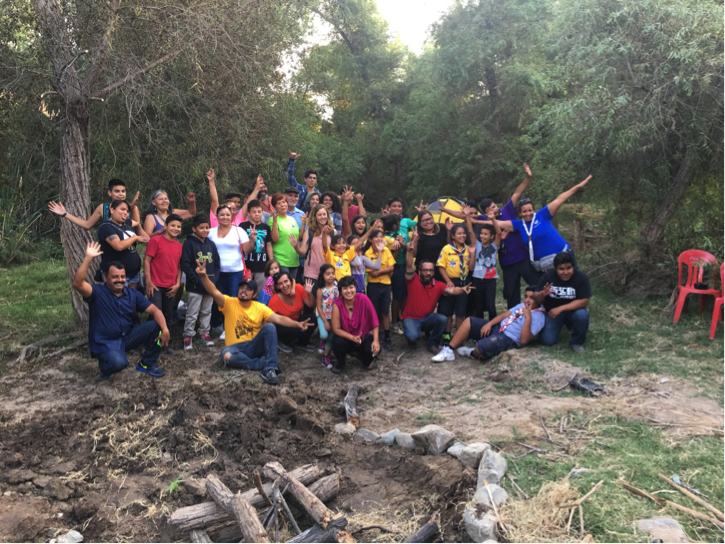
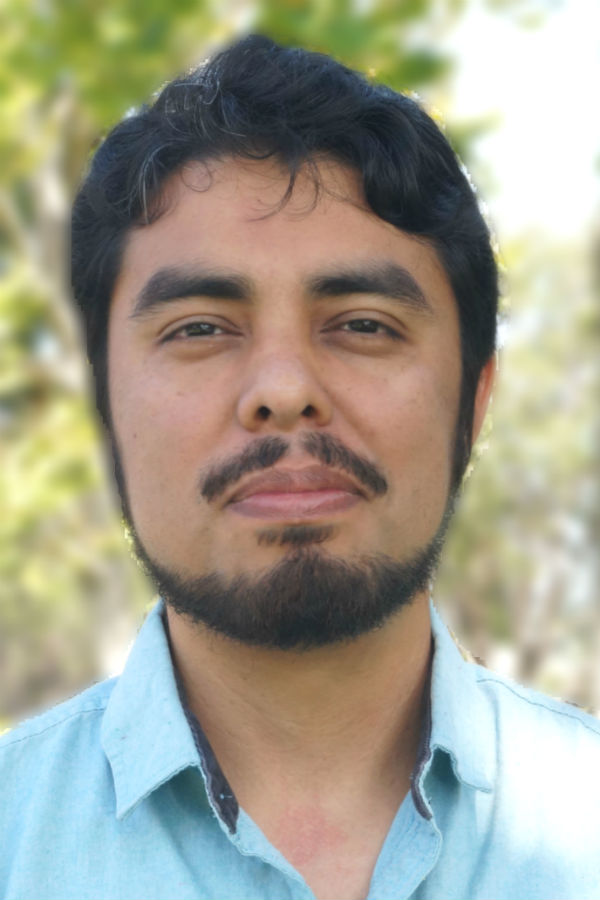
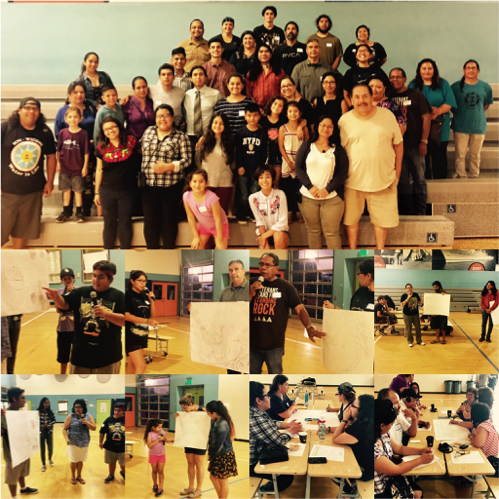
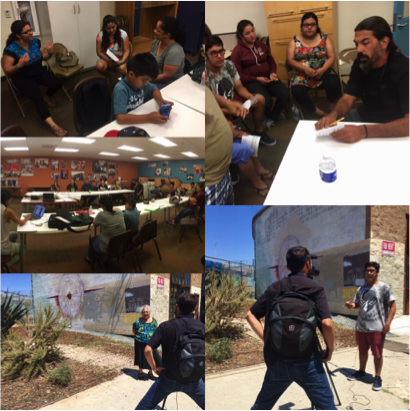
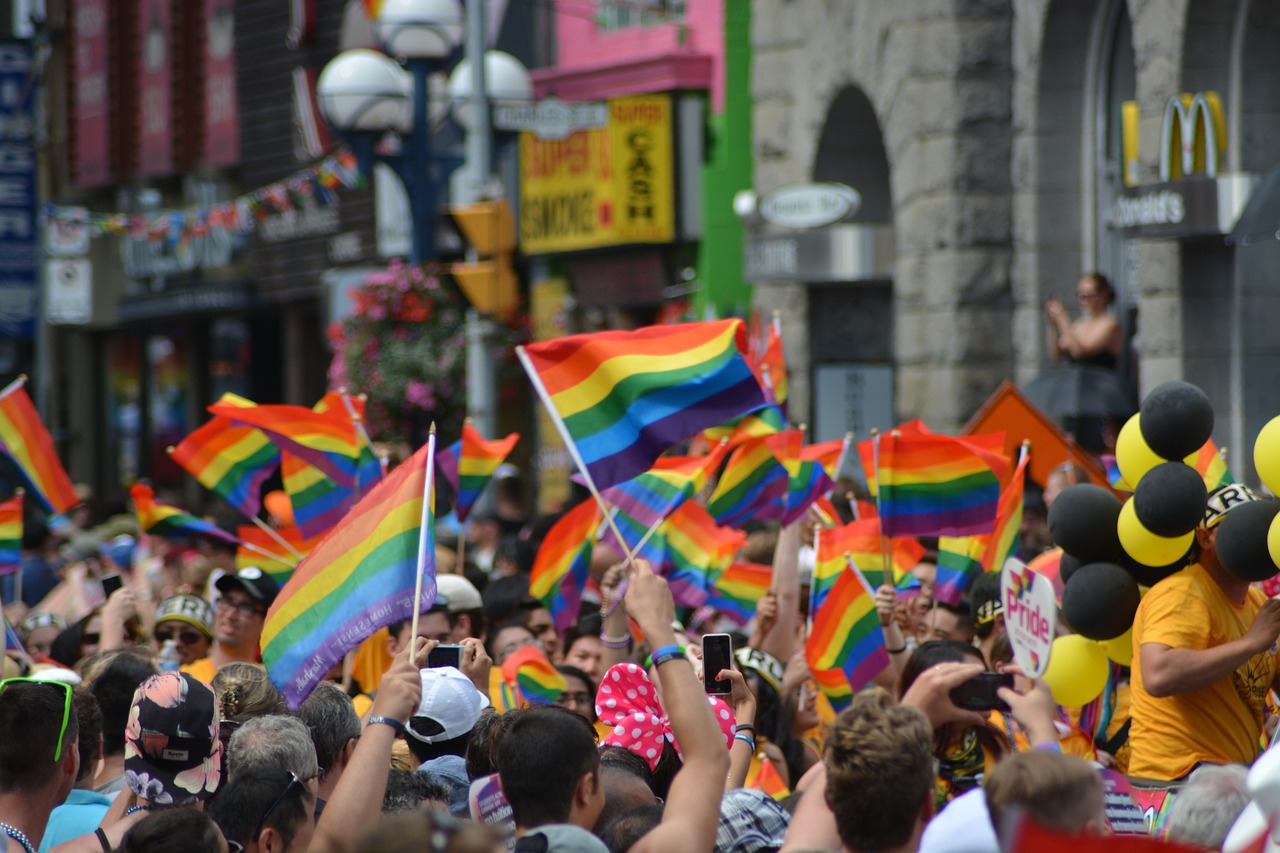
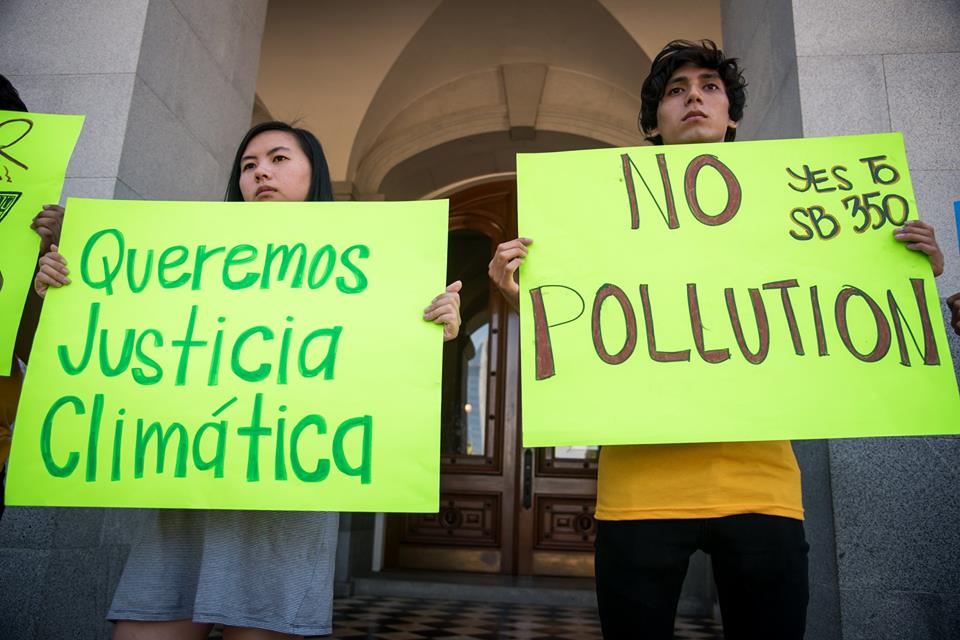
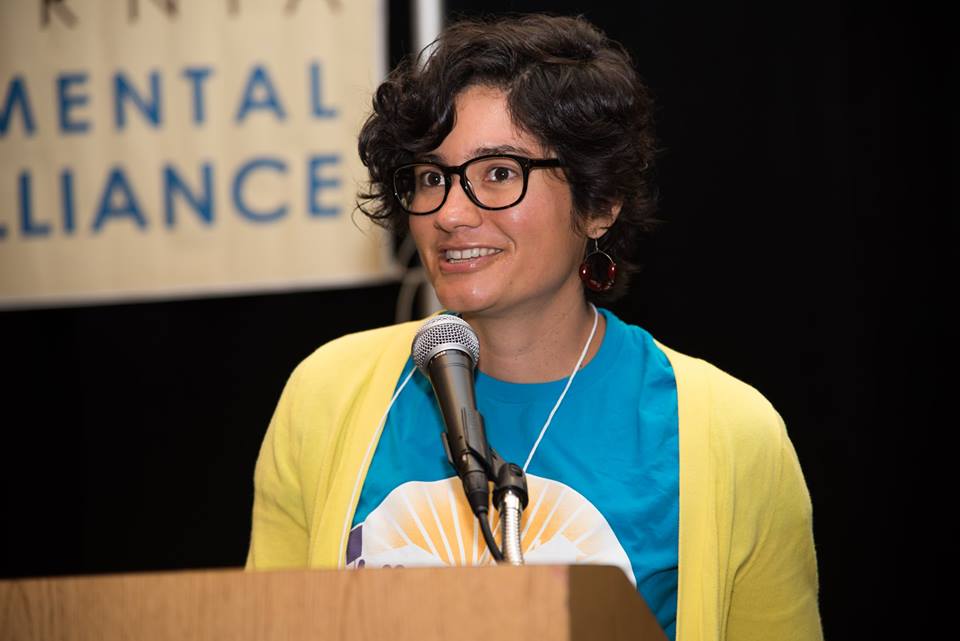
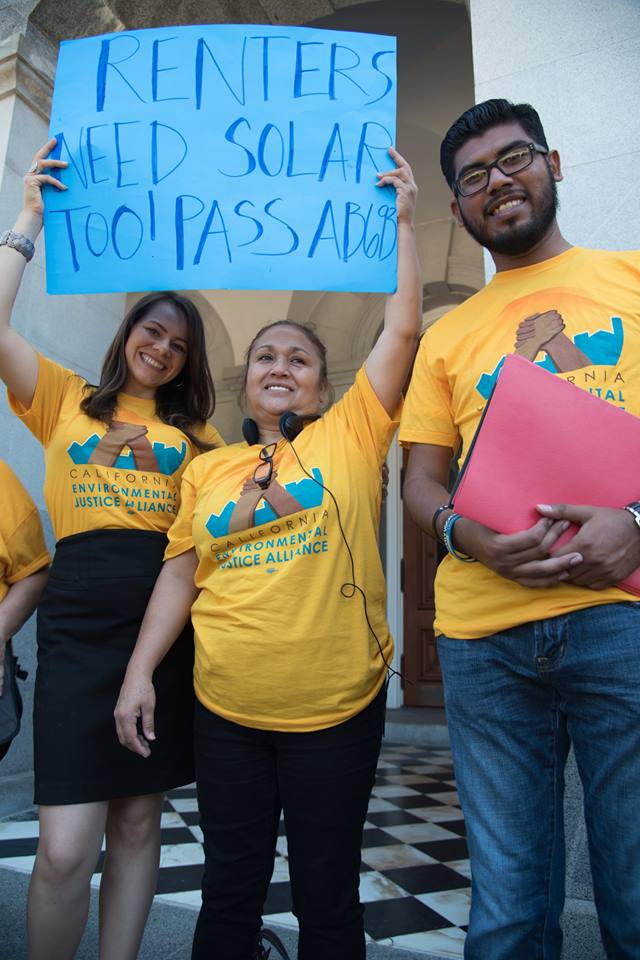
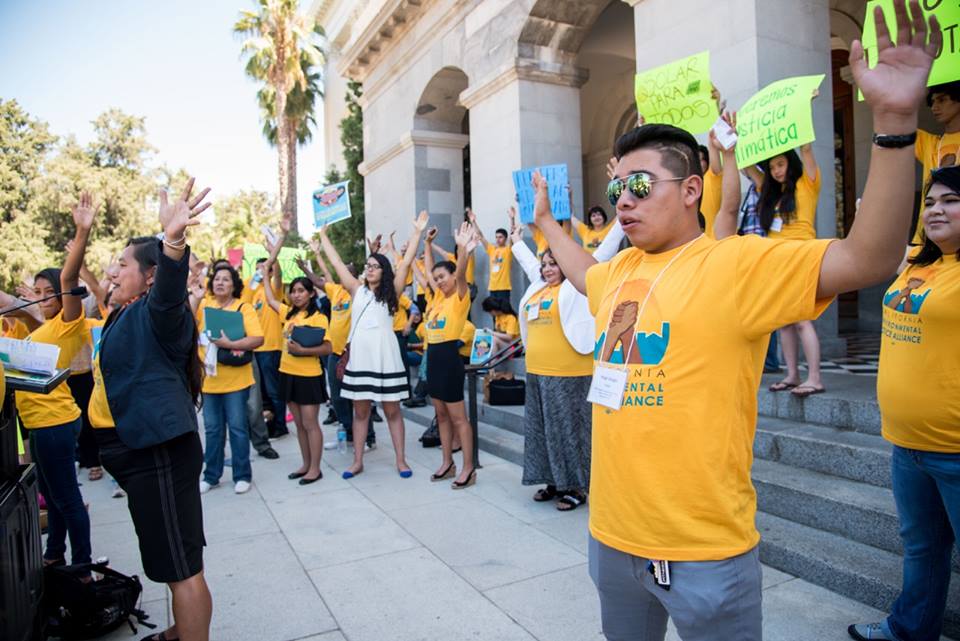
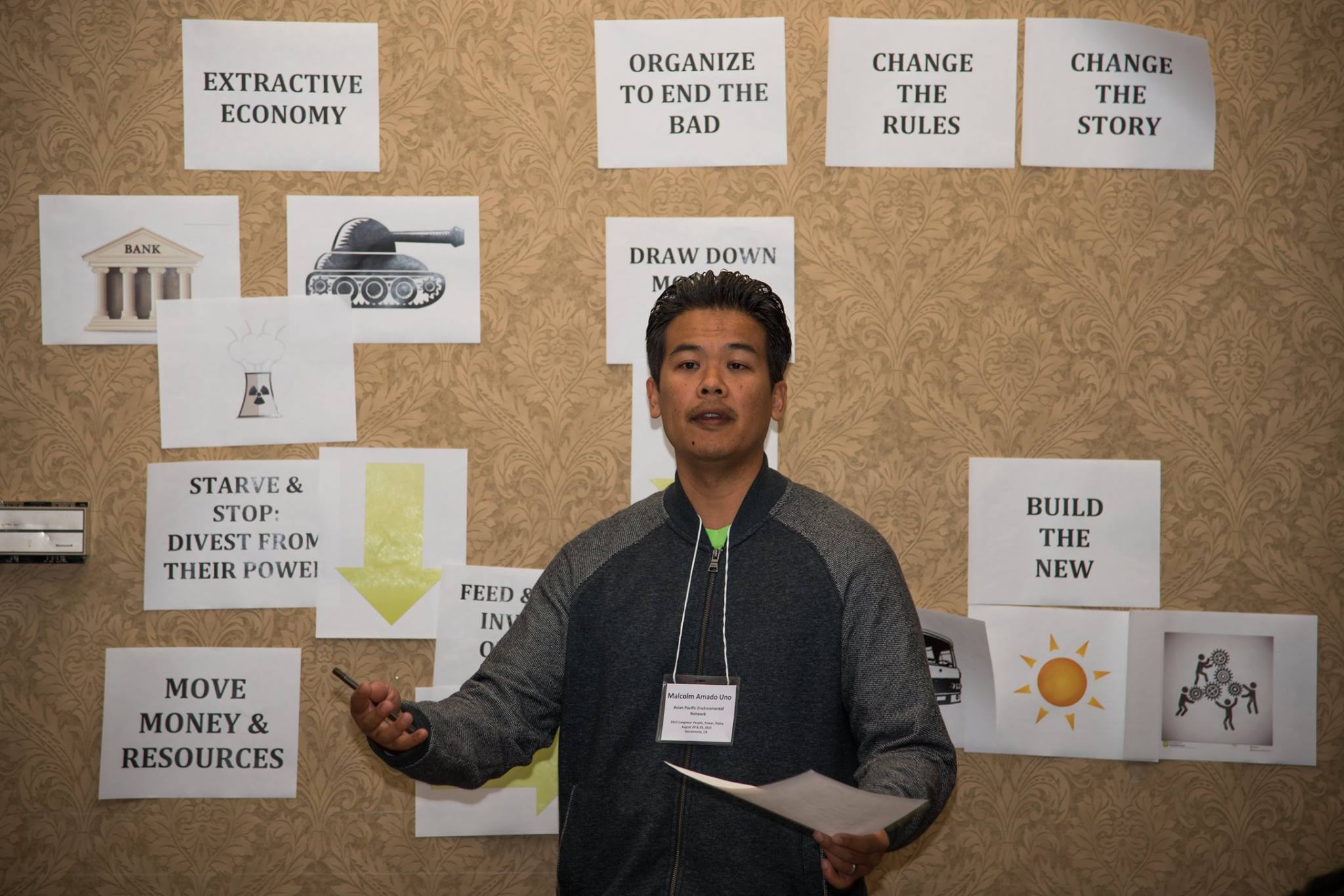
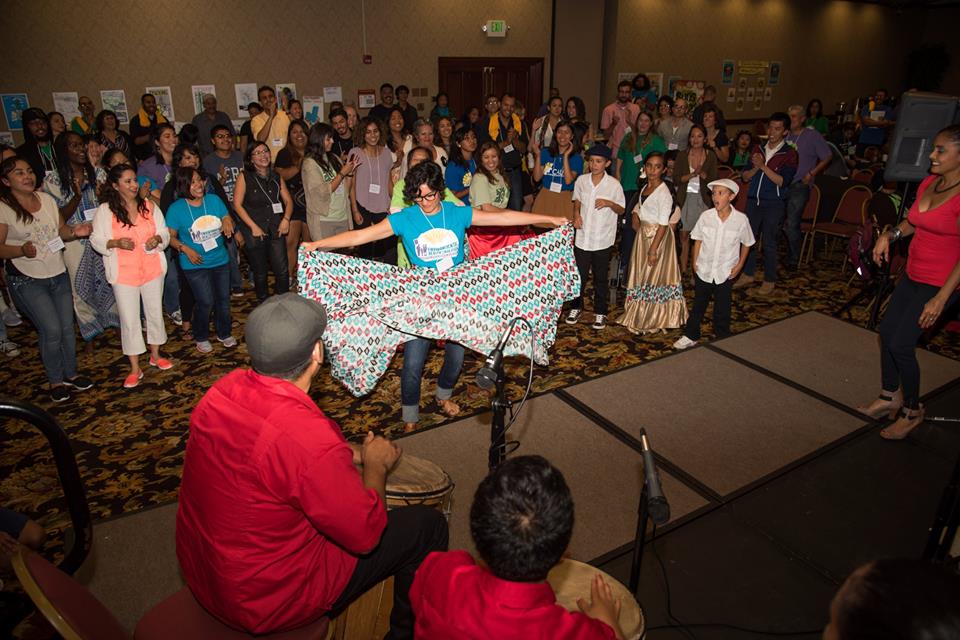
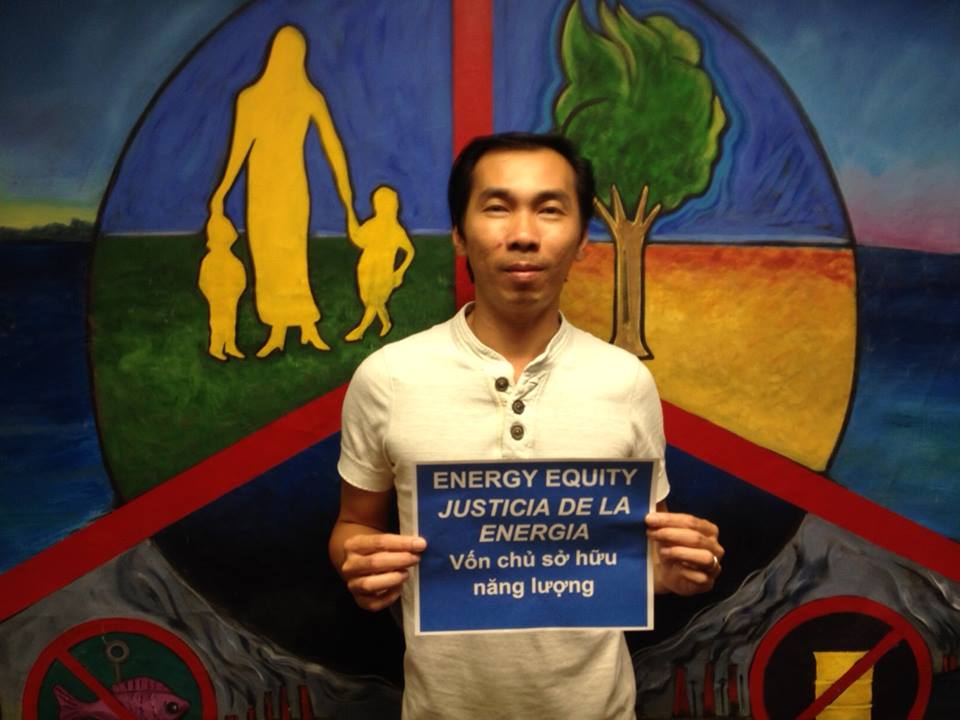
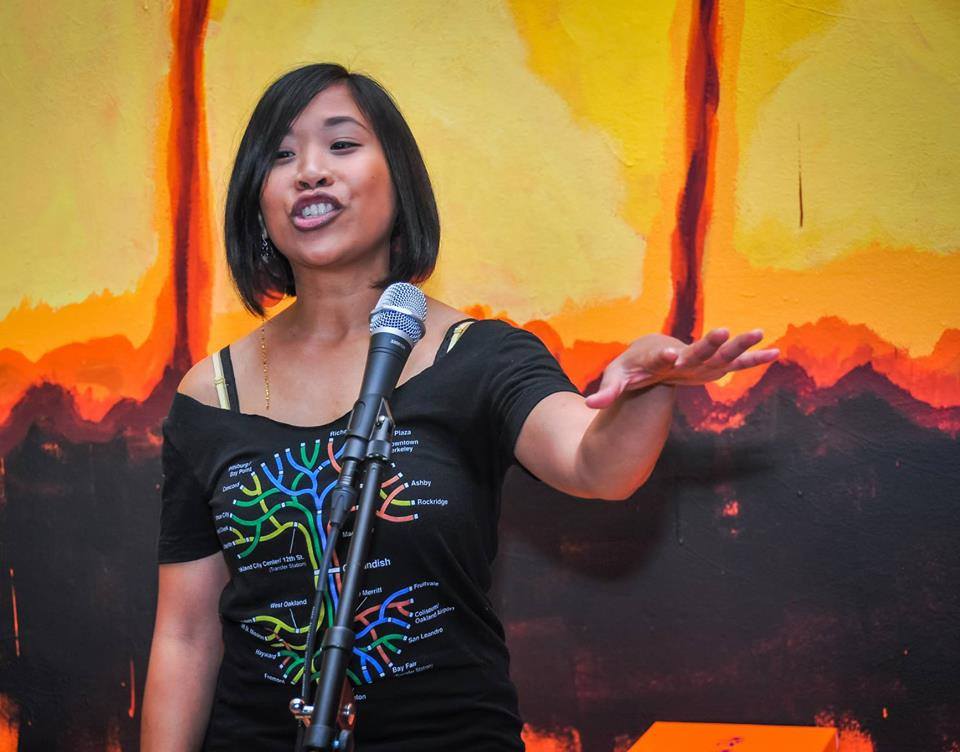

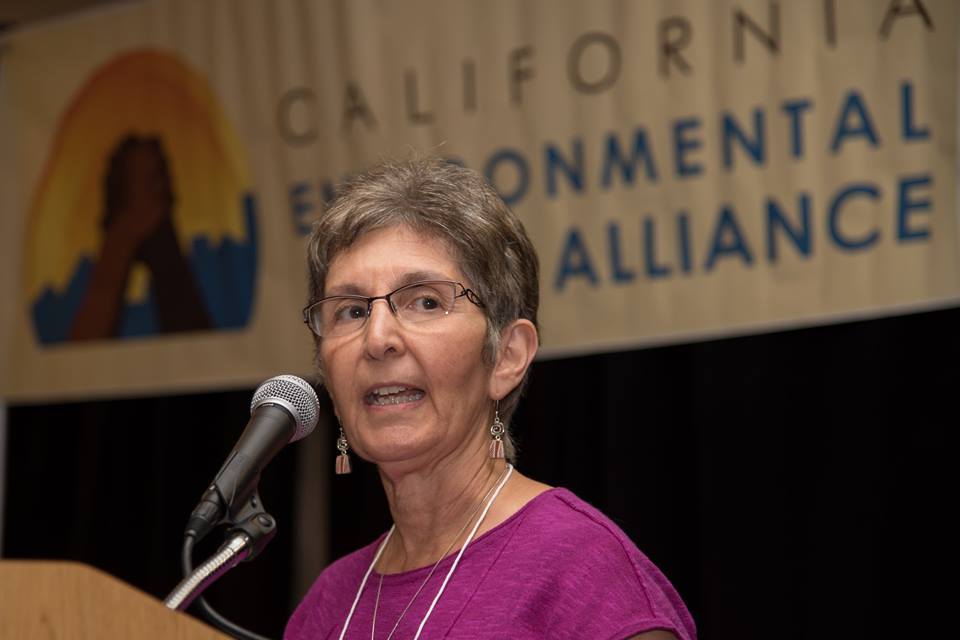
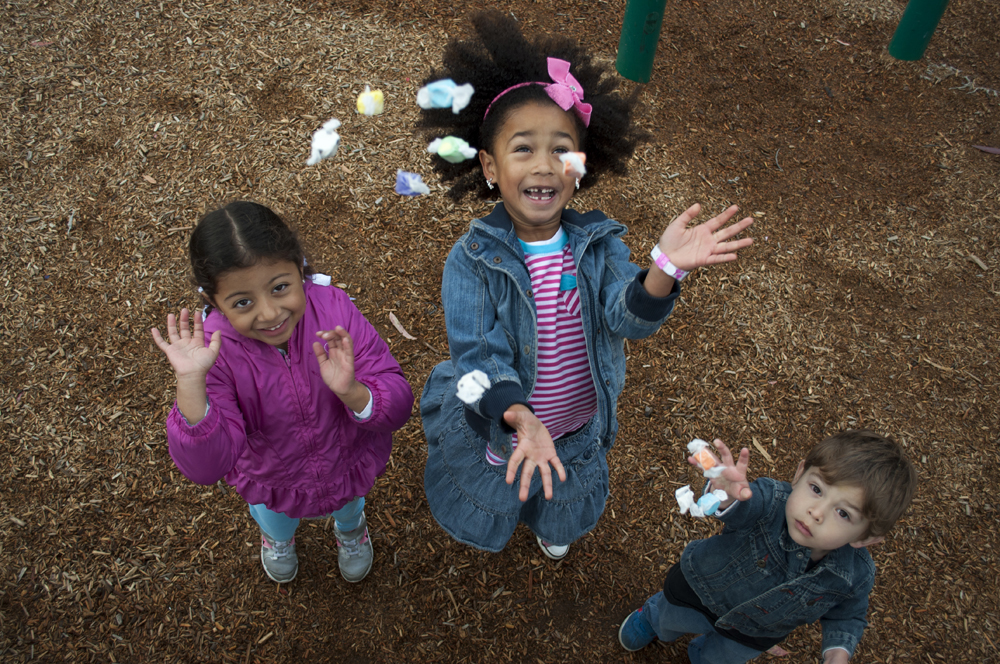
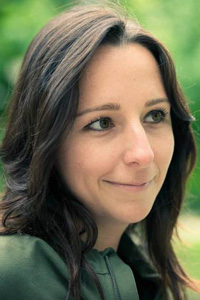 “I feel proud to be a part of such an incredible environmental justice organization. 35 years of EHC means a time to celebrate our healthier communities and our protected natural environment. It’s time to celebrate the amazing support of our community members who look out for neighborhoods in need and work to make change happen.”
“I feel proud to be a part of such an incredible environmental justice organization. 35 years of EHC means a time to celebrate our healthier communities and our protected natural environment. It’s time to celebrate the amazing support of our community members who look out for neighborhoods in need and work to make change happen.”  “35 years of residents fighting back to reduce the toxic pollution that affects their health and lives every day. That’s powerful. That’s profound.”
“35 years of residents fighting back to reduce the toxic pollution that affects their health and lives every day. That’s powerful. That’s profound.”  "EHC is nothing without the brave, responsible community members who stand up for what is right. We're celebrating 35 years of community members working day after day to build healthier places to work and play."
"EHC is nothing without the brave, responsible community members who stand up for what is right. We're celebrating 35 years of community members working day after day to build healthier places to work and play." 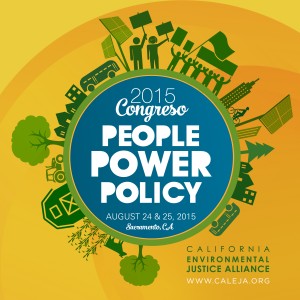 Environmental Health Coalition is joining the California Environmental Justice Alliance’s 2015 Sacramento
Environmental Health Coalition is joining the California Environmental Justice Alliance’s 2015 Sacramento 
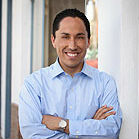 “We need to build on the investments we have made in our Bus Rapid Transit lines. I am advocating for a BRT stop to serve the communities of Golden Hill and Sherman Heights.”
“We need to build on the investments we have made in our Bus Rapid Transit lines. I am advocating for a BRT stop to serve the communities of Golden Hill and Sherman Heights.”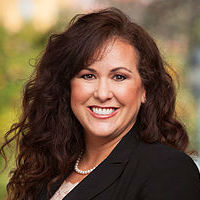 “My constituents have shared their concerns with the impact an expanded freeway would have on air quality, and have requested improved access to regional travel. We kindly ask [to] include these community-based alternatives in the DEIR.”
“My constituents have shared their concerns with the impact an expanded freeway would have on air quality, and have requested improved access to regional travel. We kindly ask [to] include these community-based alternatives in the DEIR.” “[By including these alternatives] the community will have a comprehensive understanding of the transit situation in this corridor and the decision makers can make a more informed decision on how to best spend our limited transit dollars”
“[By including these alternatives] the community will have a comprehensive understanding of the transit situation in this corridor and the decision makers can make a more informed decision on how to best spend our limited transit dollars” 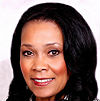 “I fully support the communities request for alternatives [that] may help us achieve the goals of our Climate Action Plan and will improve transit mobility not only for our impacted, overburdened, and underserved communities along the freeway, but for the entire region.”
“I fully support the communities request for alternatives [that] may help us achieve the goals of our Climate Action Plan and will improve transit mobility not only for our impacted, overburdened, and underserved communities along the freeway, but for the entire region.”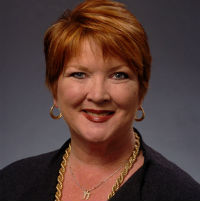 “The communities adjacent to the SR-94 have been historically underserved by public transit… please consider alternatives suggested by the community.”
“The communities adjacent to the SR-94 have been historically underserved by public transit… please consider alternatives suggested by the community.” 


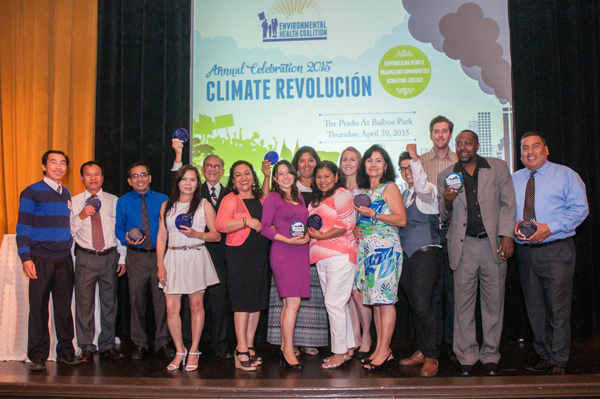
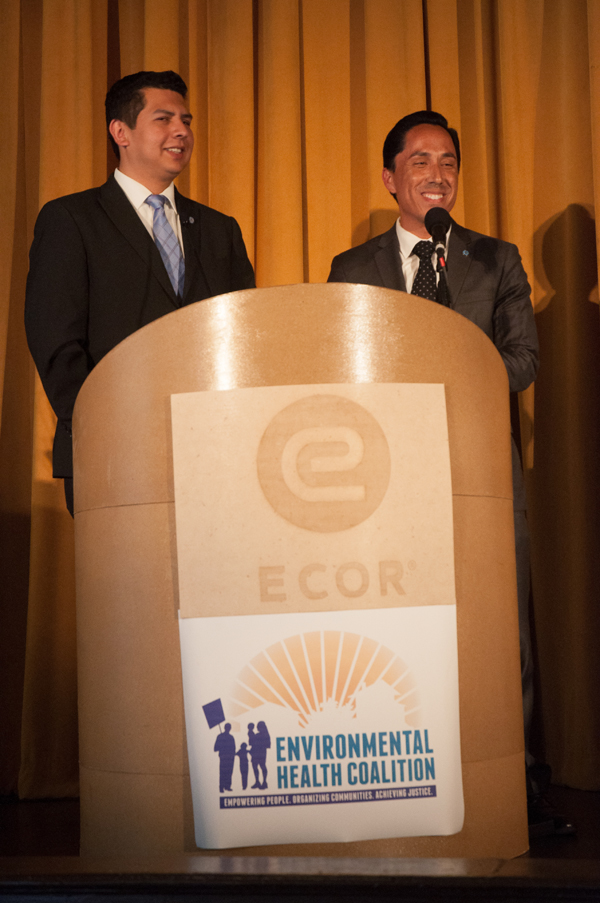
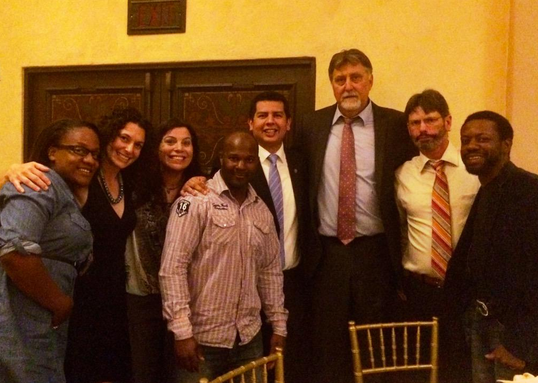
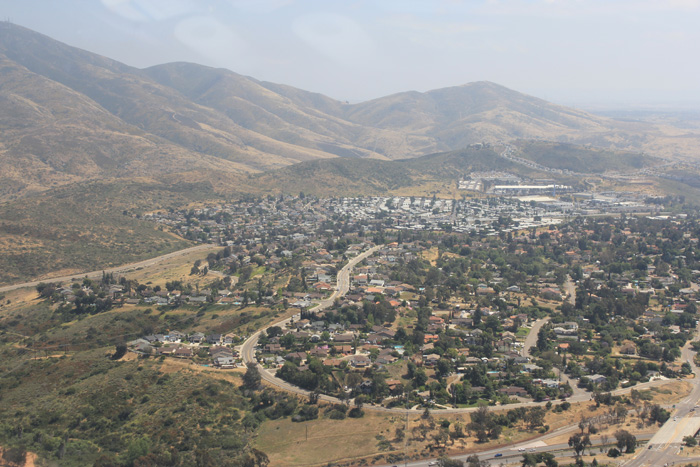














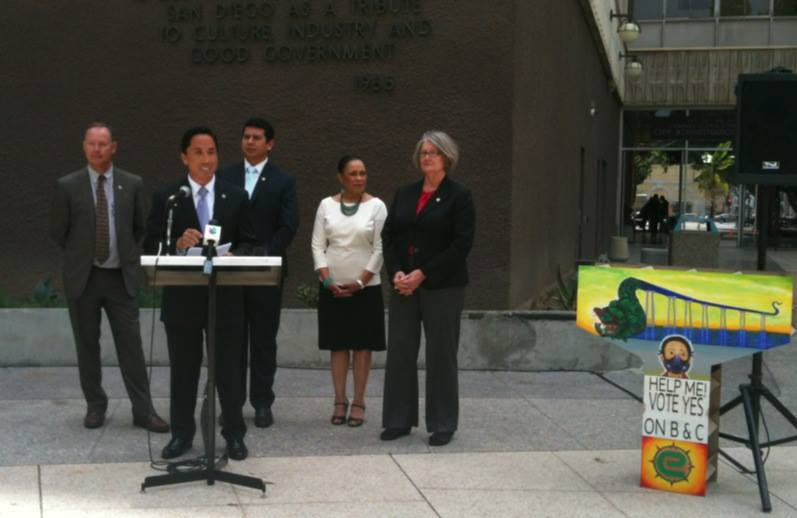 Councilmember Todd Gloria has been taking strides to reform the referendum process in San Diego. In his previous role as Council President, he and San Diego City Council
Councilmember Todd Gloria has been taking strides to reform the referendum process in San Diego. In his previous role as Council President, he and San Diego City Council